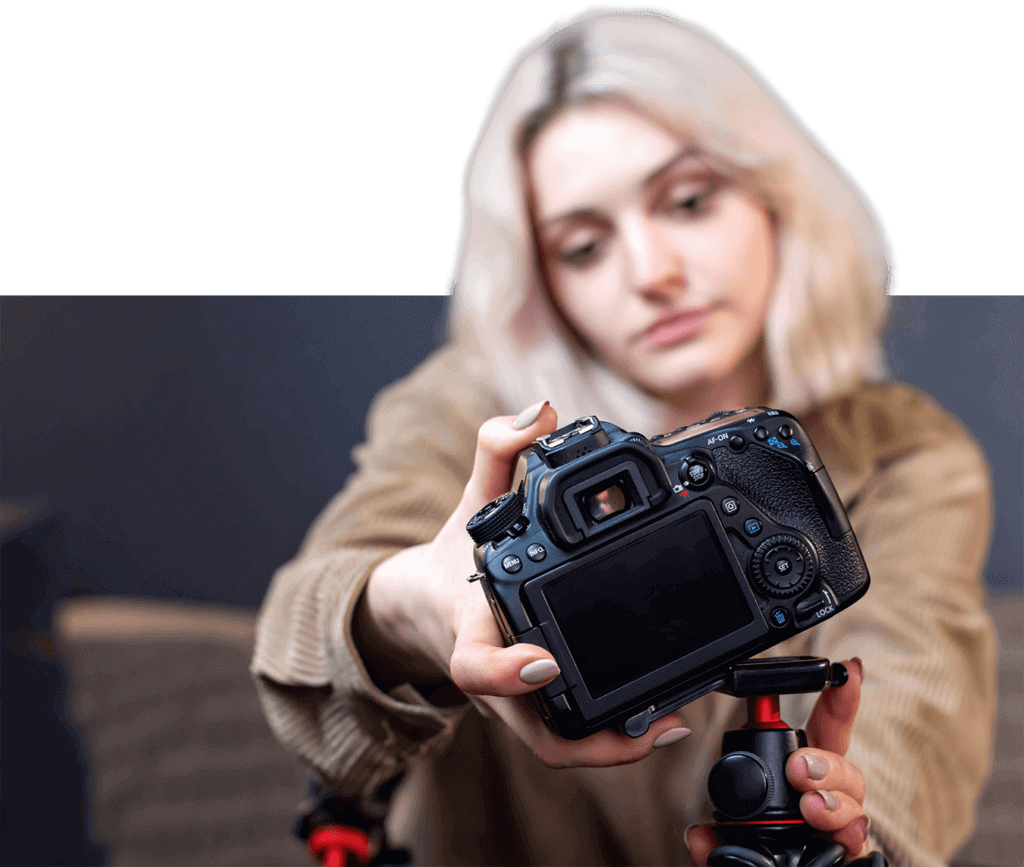In case you haven’t noticed social media influencers are a big thing right now. The global influencer industry is now worth an estimated $20 billion and it’s just getting bigger and bigger every single day. But did you know that social media influencers aren’t all about the followers? It’s a common misconception that only influencers with huge followings can make the big bucks or any money at all for that matter. But the truth is that there is a burgeoning niche within the industry that big brands are starting to take notice of, and that is the domain of the micro influencer.
What is a micro influencer
As you may have already guessed, a micro influencer is a person who may not have a huge following on social media. But that doesn’t mean that your average Instagram user with 100 followers could leverage their following and become one. So how many followers does a micro influencer have? Generally speaking, a micro influencer will have a following of somewhere in the region of 1,000 to 100,000 followers.
This might sound like small potatoes in the world of social media where there are 15-year-olds with millions of followers, but what makes a micro influencer different is that they often have an extremely loyal and highly targeted follower base. They’ve worked hard to cultivate their audience and are now in a position where the vast majority of their followers trust them and even look to them for recommendations, tips, and guidance.
A micro influencer will also usually specialise in one specific niche. In fact, many will even hyper-focus on one segment within a niche such as baking within the food niche.

Why are big brands and companies interested in micro influencers?
It’s all about trust and targeting. In marketing, these are the two biggest drivers of conversions or, to put it in simple terms, turning viewers into customers. While there is still a market for major influencers with sizable followings to promote all kinds of products and services, brands are starting to realise that getting those same products in front of an audience that is hyper-targeted provides the biggest return on investment.
For example, a hardware company that makes tools that are specifically designed for car repair will have more joy working with a micro influencer who specialises in car maintenance than a catch-all DIY influencer. This is because the micro influencer has a much more targeted audience who have already expressed an interest in car maintenance. Add to that the fact that the audience trusts the micro influencer and it’s a marketer’s dream.
What are the benefits of micro influencers?
So that sense of trust that a micro influencer instils in their targeted audience is possibly the greatest benefit, but what are the others?
Lower costs
As the number of followers goes up so too does the figure that goes on the invoice. Social media influencers with significant followings can demand top dollar for even the mere mention of a brand in their content. This means that over the course of a campaign that may use multiple channels of promotion, costs can shoot up in the blink of an eye. This can be especially frustrating for a company when very few people in the audience actually go out and buy the product that is being promoted.
Micro influencers, on the other hand, are less expensive overall. Now that’s not to say that micro influencers are cheap. They will know their value to a brand and charge accordingly, but with a much higher rate of customer conversions, they will certainly provide a greater return on investment for brands.

Authenticity
In a world where audiences judge practically everything based on its authenticity, the micro influencer reigns supreme. As we mentioned earlier, a micro influencer will often have an extremely focused niche and they will only promote brands or products that are relevant to that niche. This level of authenticity is what instils trust in their audience and, as you know by now, trust leads to sales.
Think about it this way. We’re sure you’ve seen an influencer online bring out some random product that you would in no way have associated with their image and then promote the hell out of it. This type of endorsement may sell some products, but not in the same way that an authentic recommendation from an influencer with a genuine interest in the product would.

Can anyone be a micro influencer?
This is a loaded question because there are too many variables involved, so we can’t simply say that yes, anyone can be a micro influencer.
You’ll first need to be passionate about the niche you’re focusing on as your potential audience will have a deep interest and will expect the same from you. In some cases, a level of expertise might help, although this is not an essential requirement.
But perhaps the most important piece of the micro influencer puzzle is dedication. As with anyone who wants to become a social media influencer, you’ll need to be consistent in your content creation. With such a small following, that may be tough at first as you may feel like you’re talking to yourself. The upside here though is that once you build your following, you’ll find that they are eager to engage with you and your content as a result of your shared, and very niche interests.
If you have that passion and are prepared to dedicate your time and energy to your content, then yes, you can become a micro influencer. Just remember that if becoming a social media influencer is a marathon, then becoming a micro influencer is crossing the ocean in a kayak. On your own. It will be tough, but once you get going and build that audience, your followers will support you all the way.
If you’re thinking about becoming a micro influencer or you’ve already built a targeted following in a niche you feel passionate about, then we’d love to talk to you. At Hunter Talent, we help social media influencers connect with the right brands to suit their image, and yup, we can do the same for you. So get in touch or apply to join us, either way we’re looking forward to hearing from you.







